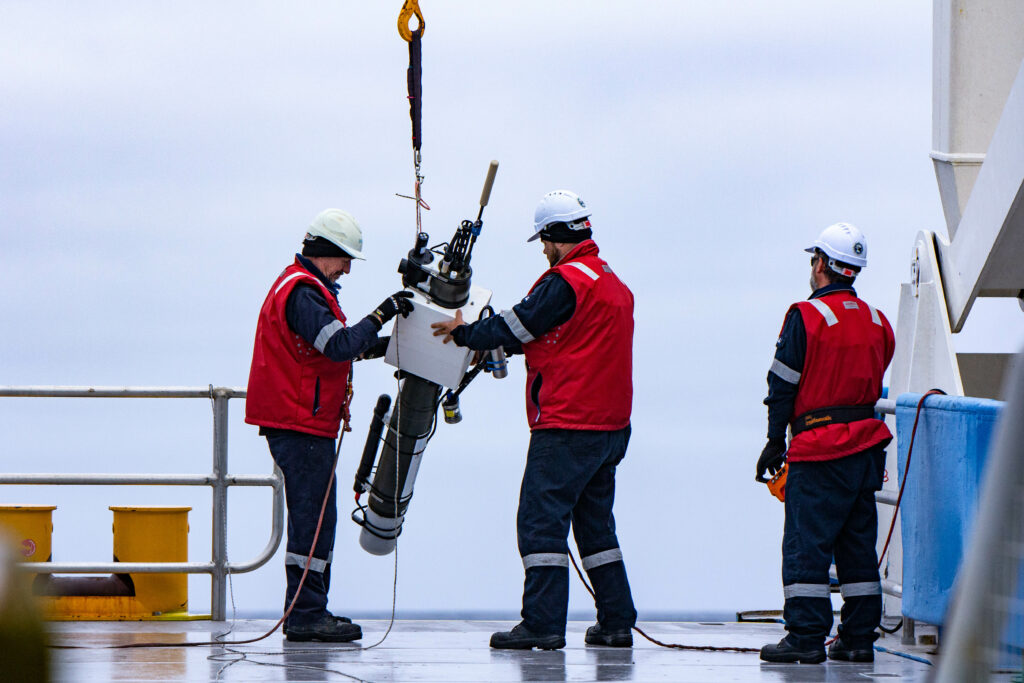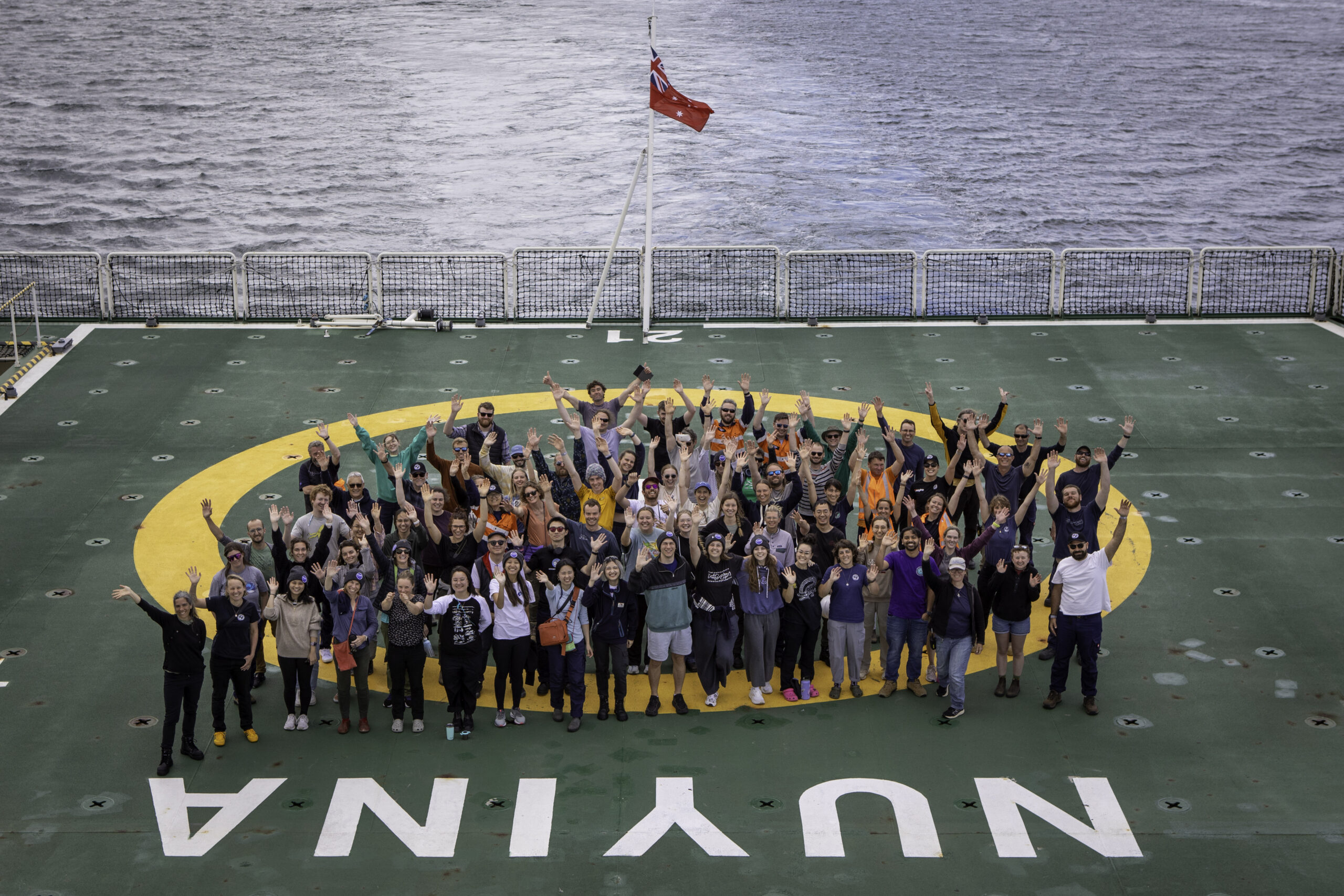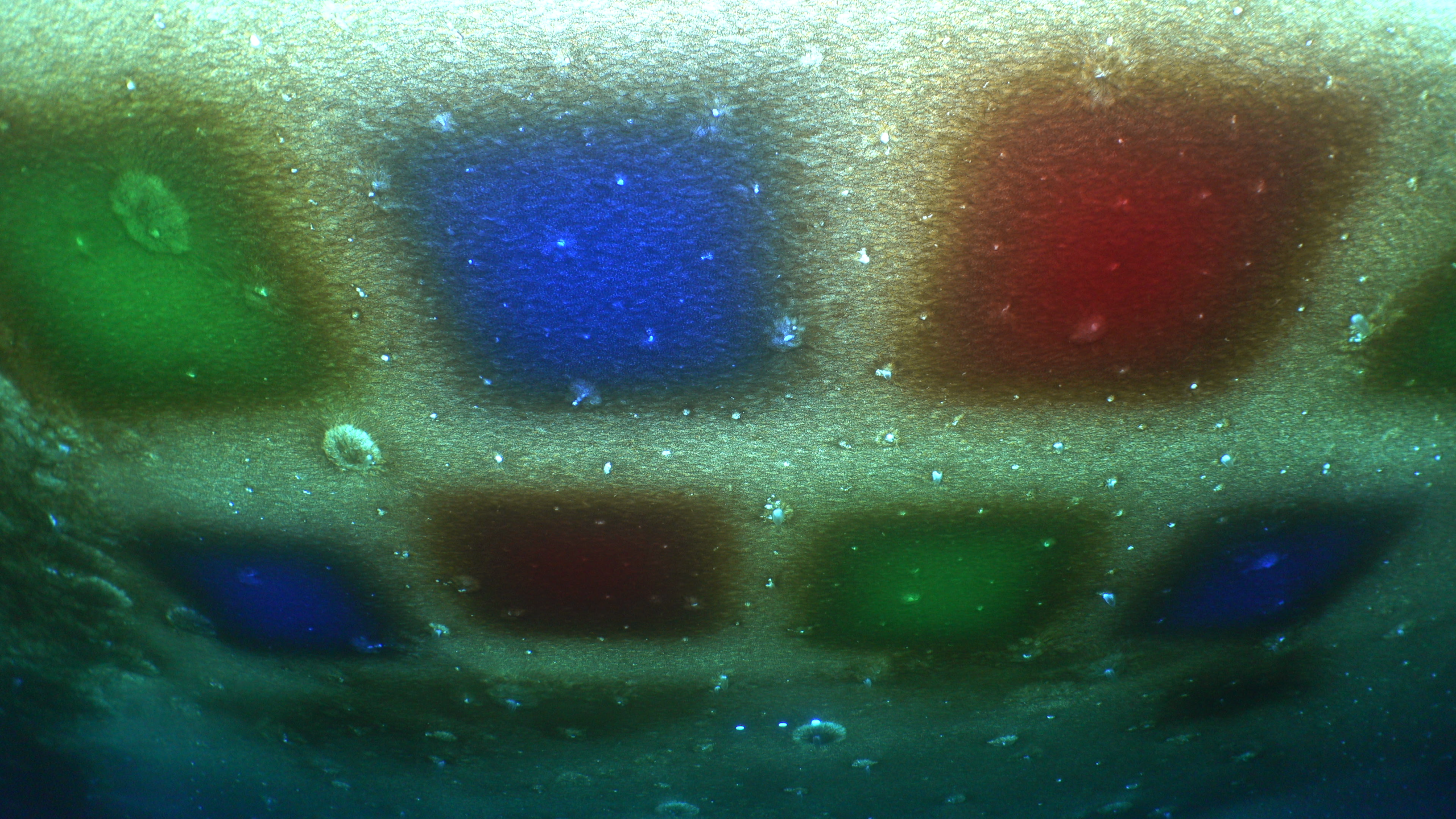Windblown dust from land boosts productivity in the Southern Ocean

A ground-breaking study led by the ARC Centre of Excellence for Climate Extremes in collaboration with ACEAS, the University of Tasmania and CSIRO estimates that windblown dust from continents fuels a third of phytoplankton growth in the Southern Ocean.
Dr Jakob Weis, lead author of the study, said that phytoplankton are key players in the global ocean carbon cycle.
“Phytoplankton are microscopic algae that form the base of marine food webs. Through photosynthesis, they use carbon dioxide (CO2) to convert solar energy into food.”
“When phytoplankton die and sink to the ocean depths, the carbon absorbed in their biomass is stored for long periods of time, effectively removing carbon from the atmosphere.”
“The more phytoplankton grow the more carbon can be stored in the ocean. But just like plants on land, phytoplankton require nutrients and light to thrive.”
“Dust carried from the continents by winds provides phytoplankton with iron, an essential micronutrient in short supply in the Southern Ocean.”
“For the first time, our study shows that windblown iron-rich dust from land ‘fertilises’ around a third of phytoplankton growth in the Southern Ocean, making dust-fuelled productivity a significant contributor to the ocean’s capacity to store carbon.”
At the centre of the new study is an analysis of atmospheric models and ocean observations to derive a critical relationship between dust deposition into the Southern Ocean and phytoplankton growth.
This relationship is crucial for understanding how future changes in dust fluxes will affect phytoplankton growth and the productivity of our oceans.
Dr Weis said that dust delivery to the ocean could shift rapidly in the future, influenced by global warming and land-use changes.
“In the near future, dust deposition on the Southern Ocean could undergo rapid changes due to drier and windier conditions or land-use changes.”
“Shifts in dust deposition would have important consequences for phytoplankton growth, impacting ocean ecosystems and fisheries. Our findings provide the tools to help forecast these changes.”
“We can use forecasts of dust deposition, calculated by computer models, and combine them with our new relationship to estimate how phytoplankton growth will change in the future.”
The researchers uncovered this direct link between dust and phytoplankton growth by measuring nitrate concentrations at 13,600 locations in the Southern Ocean using a fleet of ocean robots called biogeochemical Argo floats.
Argo floats drift at a ‘parking depth’ of 1000 metres, then sink to 2000 metres and rise to the surface every 10 days, taking measurements along the way, for years at a time. At the surface they transmit the data via satellite, then descend again.
“During the bloom period in spring and summer, phytoplankton consume nitrate, another essential nutrient,” said Dr Weis.
“By measuring how much nitrate disappears seasonally, we calculated phytoplankton growth and combined these growth estimates with simulated dust deposition.”
Using past dust simulations, the researchers also gained a better understanding of phytoplankton growth during the last ice age.
“During ice ages, a combination of drier conditions, lower sea levels and stronger winds meant dust deposition on the Southern Ocean was up to 40 times greater than today.”
“When we applied dust simulations of the last ice age to our newfound relationship, we estimated that phytoplankton growth was two times higher during these dustier times than it is today.”
Dr Weis said the relationship could be used to improve global climate models, allowing us to gain a better understanding of how ocean fertilisation by dust might influence atmospheric CO2 concentrations.
“What we’re providing with this new relationship is a component that can be integrated into global climate models, making their predictions more accurate.”
“These models will then give us the bigger picture of how changes in ocean productivity, together with ocean circulation and chemistry, affect the ocean’s ability to store carbon and thereby regulate CO2 levels.”
The research is published in the journal Nature. The study was authored by Hobart-based researchers from the ARC Centre of Excellence for Climate Extremes (CLEX), Institute for Marine and Antarctic Studies (IMAS), ARC Centre for Excellence in Antarctic Science (ACEAS), the Australian Antarctic Program Partnership (AAPP) at the University of Tasmania, and CSIRO.
PAPER
Jakob Weis, Zanna Chase, Christina Schallenberg, Peter G. Strutton, Andrew R. Bowie, Sonya L. Fiddes. (2024). Nature. ‘One-third of Southern Ocean productivity is supported by dust deposition’. DOI: 10.1038/s41586-024-07366-4


